Consider the circle. It is charming, deceptive, in its appearance of simplicity. The idea of the heavens as defined by circles, the so-called “heavenly spheres”, goes back to such cornerstones of the St. John’s curriculum as Plato, Ptolemy, and Copernicus.
But what is a circle, really? Mathematicians have, since Euclid, sought to define this shape in and of itself, to come up with a good, solid definition for the term. One of the more popular ways of understanding circles in modern mathematics is through the circle constant, or π=C/D=3.1415926… which sets π, or pi, as equal to a circle’s circumference as divided by its diameter.
Some mathematicians, however, argue the usefulness of π, and, in fact, of defining a circle by its diameter at all. Michael Hartl, author of The Tau Manifesto, argues that, while many shapes have a constant diameter, a circle is the only shape with a constant radius, and, therefore, a circle constant should be defined using radius, not diameter.
For this purpose, Hartl, and others such as Bob Palais, in his article “π Is Wrong!” suggest the use of τ, or tau, as a representative for a new circle constant. The formula we would then use would be τ=C/r=6.2831853…
While this is all very technical, it’s certainly an interesting debate. Pi has been a part of modern mathematics we thought was accepted by all, working its way into the popular consciousness to the effect of puns, t-shirts, Pi Day celebrations, and memorizing the digits of pi as a shorthand for a particular sort of nerdy intelligence. But, if even this can be questioned, by people in the mathematical field at that, is math really the field of certainty that we’re taught to believe it is?
One might say, of course not. There’s always more to be looked at, more to be examined, another way to look at things. That attitude is the core of the St. John’s mathematics curriculum. To look at the facts, to look at the why, and to test our assumptions as best as we can, while keeping our minds open to the potential of being proven wrong. Tau Day is a great opportunity to think about the wonderful uncertainty of the world, and all the things left to be considered, all the opportunities we are given to ask questions and seek answers in even the most seemingly simple places.
